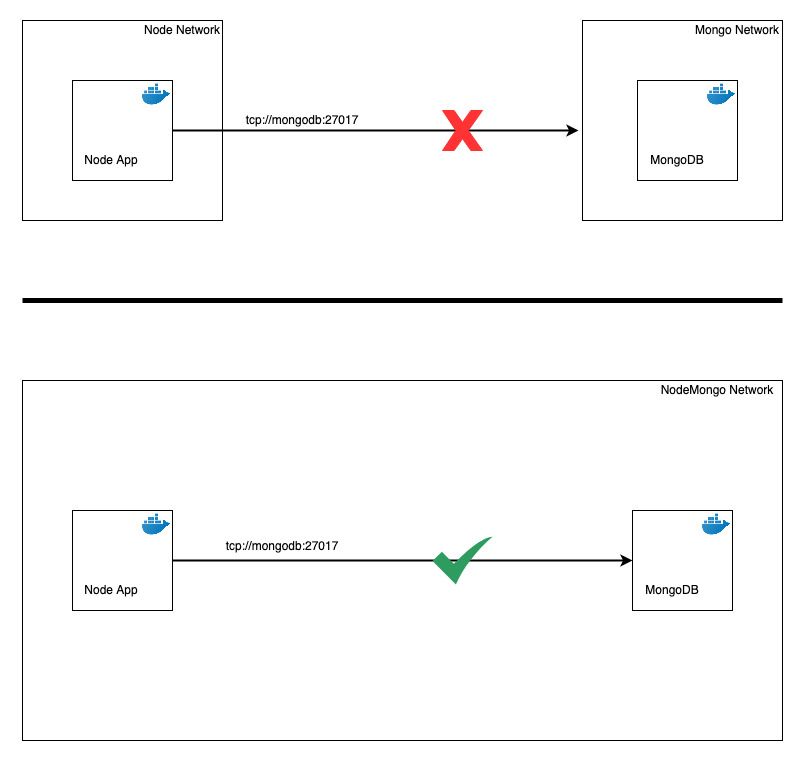

- #Mac mongodb driver for node how to
- #Mac mongodb driver for node install
- #Mac mongodb driver for node upgrade
- #Mac mongodb driver for node pro
There are many language bindings available, but in this article we’ll focus on the client available from the “mongodb-org-shell” Debian package. You should see the following output (the contents of your package.json file):, req.Mongodb clients model. Now that you understand the need for a package.json file, let’s run an npm command in your terminal to generate the file: $ npm init -yes
#Mac mongodb driver for node install
When you installed Node.js, you also installed npm, which makes it super simple to install the necessary dependencies. Now that Node.js is set up and we have a database to connect to, we’ll need to install the npm packages restify and mongodb (the official MongoDB driver for Node.js). Feel free to specify a different directory path if you’d like. I chose your root simply because it’s easy to find.
#Mac mongodb driver for node pro
Pro tip: The application directory location does not technically matter. To do so, simply run the following command in your terminal: $ cd ~ Let’s create a directory for our application. Once you deploy your instance, it should be available within about five minutes. Simply follow the steps and choose the M0 instance size for the free tier. Once your group is configured, you’ll be prompted to set up your first cluster. In this example, we'll work with a group called young-sea-3503. Feel free to name your group whatever you’d like. To get started, head on over here and click the Start Free button.įrom there, we’ll need to create a “group” to hold our free cluster. It is super simple to set up and operate, and, best of all, there’s a free tier for small deployments – no credit card required. The easiest way to get started using MongoDB is with MongoDB Atlas, a managed service from MongoDB that facilitates seamless scaling and operations of your deployments in the cloud. Note: If you’re on Windows or Linux, please read the installation instructions on the official Node.js website. The output will display the latest version installed, which will be v7.10.0 or above: $ v7.10.0. Once installed, you can run the following command to verify that node has been installed (please note that I’m currently running v7.10.0): $ node -version.
#Mac mongodb driver for node upgrade
If you already have Node.js installed, make sure you’re running the latest version by running: $ brew upgrade node. To do so, simply run the following command in your terminal and you’ll be ready to go: $ brew install node. If you are on a Mac, the easiest way to install Node.js is via Homebrew, a package manager for macOS. Let’s get started by installing Node.js (if you already have Node.js installed, feel free to skip to the next section of this post). For sake of simplicity, we’ll create a basic “to-do” style API.
#Mac mongodb driver for node how to
In this post, we’ll be covering how to set up a simple API with full CRUD operations using the ever-popular Restify framework backed by a MongoDB database. Many users can become overwhelmed and lose sight of the most important factors when it comes to building a REST API: speed, ease of use, and overall presence of the framework in the JavaScript community. With the multitudes of JavaScript frameworks available these days, there are countless options for building APIs.


 0 kommentar(er)
0 kommentar(er)
